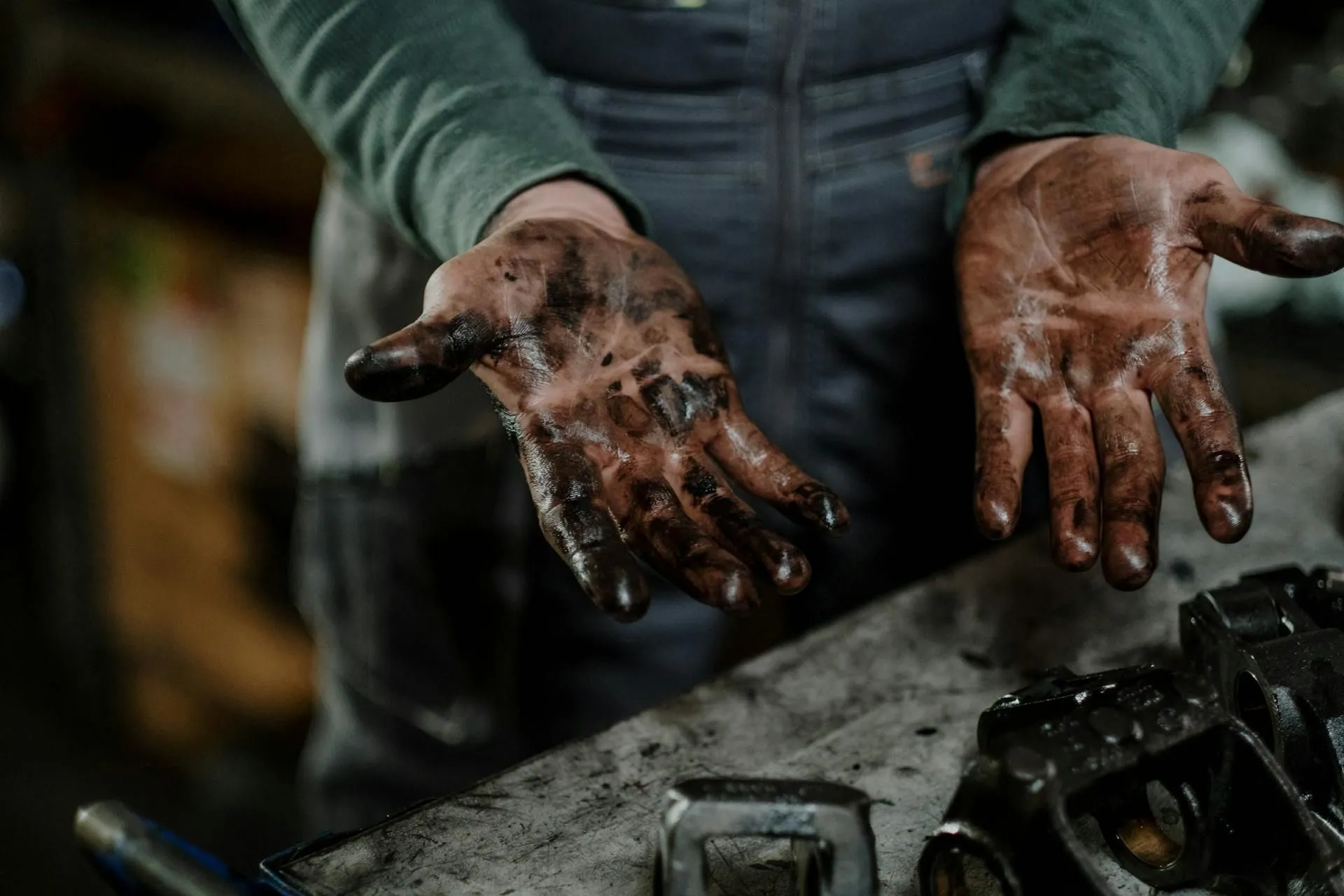Are Grease Traps a Legal Requirement?
What is a grease trap?
A grease trap, also known as a grease interceptor or grease separator, is a plumbing device that is designed to trap and separate grease, fats, oils, and solids from wastewater before it enters the sewer system. Grease traps help to prevent these substances from clogging up the municipal sewer lines and causing costly and unsanitary backups.
How does a grease trap work?
Grease traps are typically installed underground or in a basement and are connected to the kitchen’s plumbing system. As wastewater flows through the grease trap, the fats, oils, and grease rise to the surface and are trapped inside the device, while the cleaner water flows out through the outlet pipe. Over time, the grease trap will fill up with trapped grease and solids, which will need to be removed and properly disposed of by a professional grease trap cleaning service.
Having a properly functioning grease trap is essential for maintaining a clean and sanitary kitchen, as well as complying with local regulations and environmental laws. Failure to properly maintain a grease trap can result in fines, closures, and even legal action.
Types of Grease Traps
Passive Grease Trap
Passive grease traps are the most common type of grease trap found in commercial kitchens. They are typically installed under the sink or in the floor and work by allowing FOG to separate from the water and solid food particles to settle at the bottom of the trap. The grease is then trapped in the container, while the water is allowed to flow into the sewer system.
Automatic Grease Trap
Automatic grease traps, also known as grease interceptors, are a more advanced option for grease removal. These traps use sensors to detect the buildup of FOG and automatically remove it from the trap before it can cause clogs or backups. Automatic grease traps are a more expensive option but can be more efficient in preventing FOG buildup.
Hydromechanical Grease Trap
Hydromechanical grease traps are a combination of passive and automatic grease traps. They use a mechanical device, such as a rotating screen or skimming mechanism, to separate and remove FOG from the wastewater. These traps are effective at removing grease and are easy to maintain, making them a popular choice for many commercial kitchens.
Grease Interceptor
Grease interceptors are large, underground tanks that are designed to capture and store FOG before it enters the municipal sewer system. These traps are typically used in larger commercial kitchens or facilities that produce large quantities of FOG. Grease interceptors require regular maintenance and cleaning to prevent backups and environmental contamination.
Are Grease Traps a Legal Requirement?
Grease traps are an essential piece of equipment in many commercial kitchens and restaurants, but are they a legal requirement? The short answer is yes, in most cases, grease traps are mandated by law.
Grease traps, also known as grease interceptors or grease recovery devices, are designed to capture grease, fats, oils, and other solids before they enter the wastewater system. Without a grease trap, these substances can accumulate in sewage pipes, causing blockages and backups that can be costly to fix.
Many municipalities and local governments have regulations in place that require businesses in the food service industry to install and maintain grease traps. These regulations are put in place to protect the environment and public health by preventing grease and other pollutants from contaminating waterways and sewage systems.
In addition to local regulations, some states and federal government agencies also have guidelines in place that mandate the use of grease traps. For example, the Environmental Protection Agency (EPA) has guidelines for the proper disposal of fats, oils, and grease in commercial kitchens, which often include the use of grease traps.
Failure to comply with these regulations can result in fines, penalties, and even closure of the business. In some cases, businesses may also be held liable for damages caused by grease and oil spills that could have been prevented with a properly maintained grease trap.
Where is a grease trap usually installed?
Typically, grease traps are installed in areas where there is a high likelihood of grease and food particles being washed down the drain. This includes commercial kitchens, restaurants, hotels, and food processing facilities. In these environments, grease traps are usually located either indoors or outdoors, depending on the specific needs of the establishment.
Indoor grease traps are typically installed beneath the sink or dishwasher in a kitchen. These traps are designed to catch grease and food particles that are washed down the drain before they have a chance to enter the main wastewater system. Indoor grease traps are often smaller in size and are typically made of stainless steel or other durable materials that can withstand the harsh chemicals and hot water used in the kitchen.
Outdoor grease traps, on the other hand, are installed outside of the building or in an underground vault. These traps are generally larger in size and are able to handle a higher volume of grease and food waste. Outdoor grease traps are typically made of concrete or fiberglass and are designed to withstand the elements and heavy usage.
In addition to commercial kitchens, grease traps may also be installed in other areas where grease and fats are likely to enter the wastewater system. For example, some residential homes may have grease traps installed in the plumbing system to prevent clogs and backups.
Don’t wait until your grease trap becomes a problem – call Two Anchors Plumbing today for all your grease trap needs. With our reliable service and affordable prices, you can trust us to keep your grease trap in top condition for years to come. Contact us now to schedule an appointment and experience the difference that Two Anchors Plumbing can make for your business.





